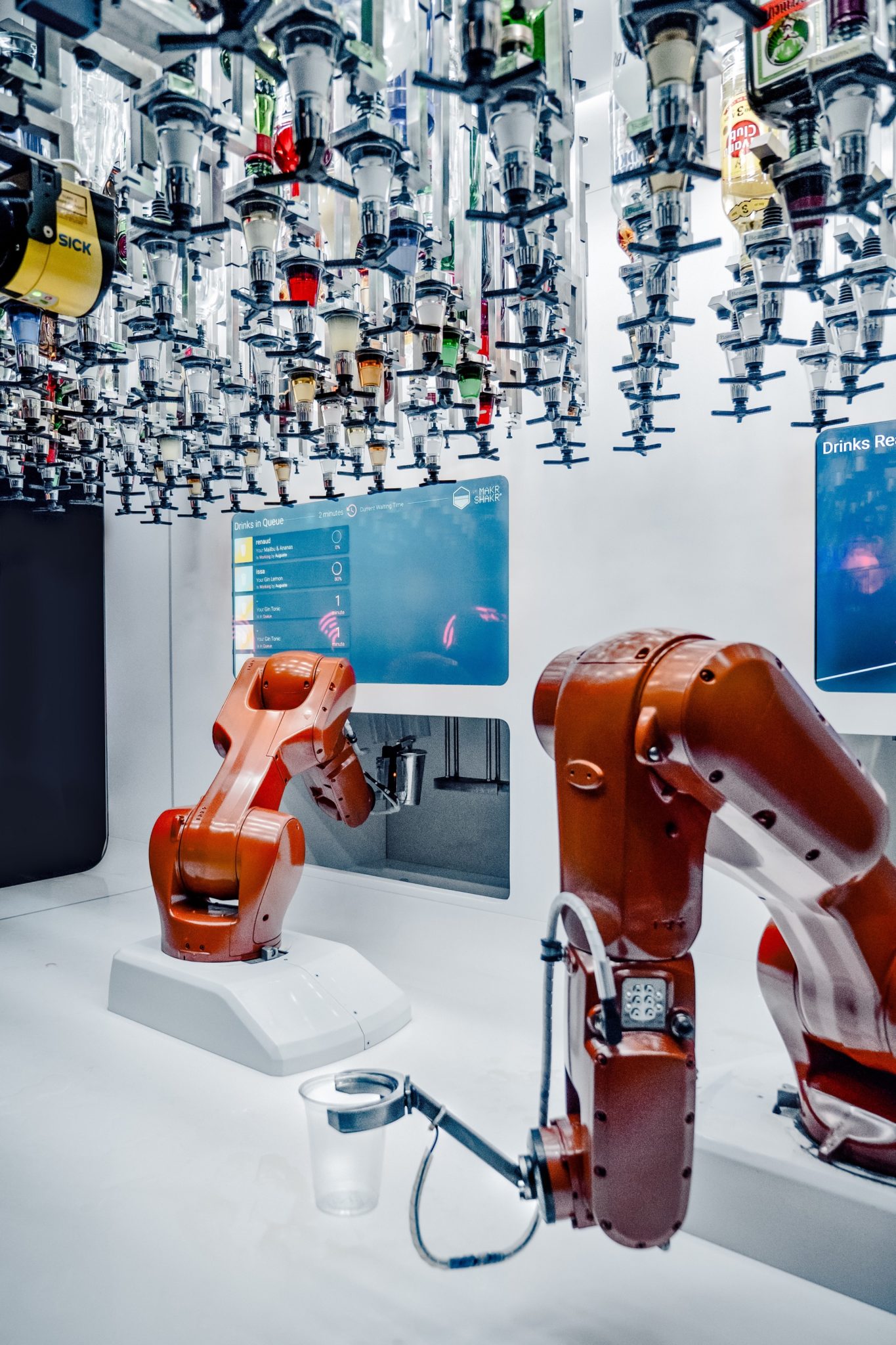
MIT researchers have created an algorithm to make automated robots in assembly factories more efficient and safer.
When working with BMW, researchers at MIT noticed that robotics designed to be used in the assembly lines of manufacturing plants would freeze.
This was caused by the robots programming which instructed it to stop momentarily if a person was passing by. However the researchers noted that the robot would essentially completely stop as it waited for the person to move past its zone of contact.
If this were to happen in a factory setting then the unnecessary pauses would stack and cause a significant drop in the efficiently of the production facility.
MIT discovered the issue was caused by a limitation in the robot’s trajectory alignment algorithms which the robot used in conjunction with its motion predicting software. The robot could accurately predict where a person was moving to and what trajectory they were going to take, but it could not figure out how long that person would be spending making the movement. To make the situation more complex that person would then double back across the robots path again.
MIT Robotic Algorithm
MIT’s solution to this problem was to create an algorithm that accurately aligns partial trajectories in real-time. When this was tested in BMW’s experimental laboratory the researchers found that the robot would simple roll on and cause no safety issue to the person crossing its path. This stopped the time consuming freezing as the robot could accurately predict the time the person would spend in each location.
Julie Shah, associate professor of aeronautics and astronautics at MIT commented in an MIT blog that: “This algorithm builds in components that help a robot understand and monitor stops and overlaps in movement, which are a core part of human motion.”
“This technique is one of the many way we’re working on robots better understanding people.”






